Disclaimer: This unit very much up to interpretation. The resources below will help you formulate your points but not fully answer questions with a large number of marks.
A Classic Design is an industrially manufactured product who’s dominant design features have remained unchanged throughout the years and is instantly recognisable and remains popular to this day.
Recognisable (Image)
It is instantly recognisable; it stimulates emotions and memories connected to it. In Classic Design the feeling of nostalgia is very prominent, as it can influence the buyer’s choice of form over function (collectables). Being able to recognise a product can also set that object as the standard or even the leader in that sector of the market.
Example
Choosing the Classic Converse Shoes over new Nike Shoes, because it’s a classic (from the youth’s perspective) or because it’s what I used to wear when I was a kid.

Transcends Obsolescence
Obsolescence is when an object becomes no longer wanted due to improvements in other products or no longer relevant. Classic Designs manage to transcend obsolescence by becoming collectable, iconic (symbol of a period in time, style or market sector) or is made so well it still completes the demanded task. Obsolescence can be achieved from a change in fashion, improvements in technology, materials and construction techniques.
Example
Transcending: using a flip phone as it has personal attachments and still fulfils the task that you want it to do (calling).

Planned Obsolescence
Planned Obsolescence is when an object purposefully becomes obsolete by gets replaced by the newer version of the same product from the same company. E.G. updating to the newest iPhone due to its functions and social status even though your old one works just fine.

Built-In Obsolescence
Built-In Obsolescence is when an object purposefully becomes obsolete by breaking down over a certain amount of time. E.G. updating to the newest iPhone because the old one is too slow.
Fashion Obsolescence
Fashion Obsolescence as the name implies follows current trends and becomes undesirable after the syle or fashion become outdated. E.G. deciding not to wear the jeans that you bought last year as they are 'so last year.'
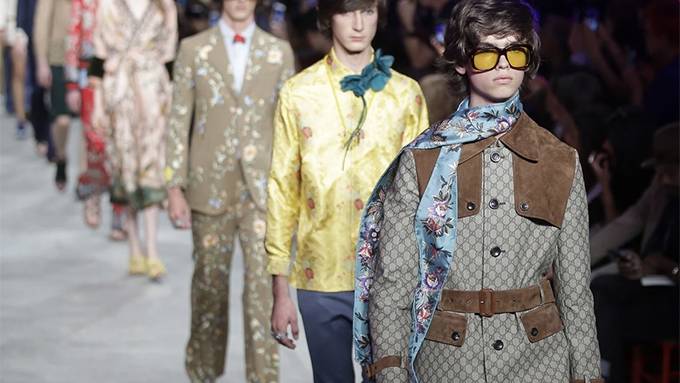
Technological Obsolescence
Technological Obsolescence is when new technology greatly surpasses an existing one, rendering the old one undesirable (similar to Planned).
Mass Production / Industrially Manufactured
When a product is industrially manufactured, it reaches more people and therefore can evoke a sense of nostalgia to a wider group of people. This happens due to the process, which allows for a very little customization and overall low cost of the product (but will have a large setup cost). In particular bulk materials can drastically reduce the costs of a product. The only caveat is that when a product is mass-produced, it can still be available in large quantities many years later and therefore it is less likely to become a collectable.

Ubiquitous / Omnipresence
Some Classic Designs are parts of our everyday lives and therefore are ubiquitous or omnipresent. This characteristic is closely related to mass production as when an object is industrially manufactured it becomes available to a broader audience and therefore can become a part of everyday life of more people.
Example
BIC pens have existed for decades and are easily available to the masses still, as there is not much improvement that can be done to a pen and their price still keeps them relevant and widely used by a large audience across the world.

Dominant Design
Dominant Design is the emergence of a feature(s) that becomes essential to the specific line of products. These features can represent the product itself and changing them when updating or competing with the product can be very difficult.
Example
The 3.5mm Headphone Jack (RIP)

Status and culture
Design classics can reflect cultural influences. The culture concerned may be national or religious or it may concern a sub-culture such as a particular youth culture. Identifying an Eames chair is like picking Angelina Jolie or David Beckham out of a lineup.
Its shape and form are ingrained in our brains. But what makes a design iconic, and how do certain pieces achieve this level? Like movie stars and sportspeople, designed objects carry a similar visual power. We are drawn to them for their beauty and distinct features.
This iconic status is derived from their prolific use over several years (or decades) or by taking centre stage in an art installation, a popular restaurant, hotel, or movie set, certain pieces become instantly recognizable to us.
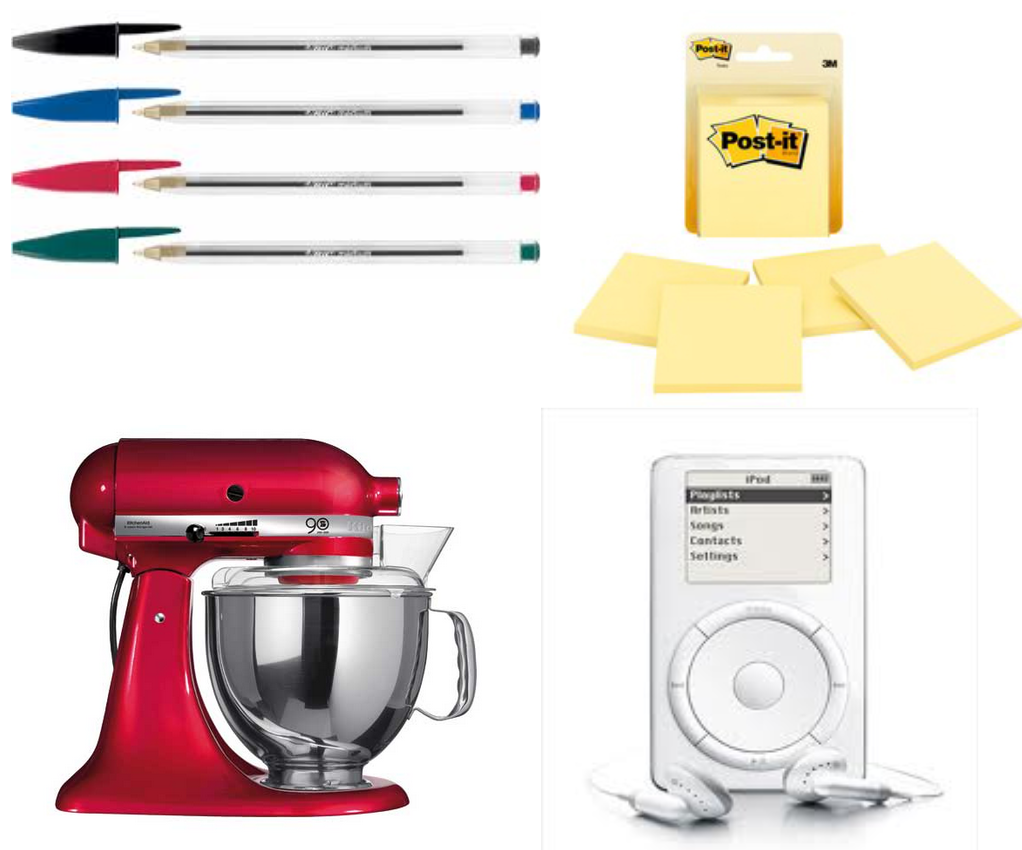
These everyday objects could arguably be the best examples of successful design: they have stood the test of time, they were easily adopted by a vast majority of the population, and, as objects, they are so user-friendly that they disappear into our daily routine
Form vs Function
Form | (Practical) Function | (Psychological) Function |
A design that considers aesthetic more important than the function - Often is more aesthetically pleasing
| A design that considers the function of an object over the aesthetic. - Can add to the machine aesthetic
- Reduction of costs on ornamentation
- Often it is more efficient and easier to use
- Often simplistic and elegant
- Design for repairability
-
| A design that considers the emotional response of the user. Psychological design theories: - Semiotics - signs and symbols
- Colour Theory - the colour combination
- Gestalt Theory - how a buyer perceives the product
|
Conflicts and Compromise
Balance of form and function is very difficult. If a product is purely functional it tends to lack curb appeal.
(Curb appeal is the attractiveness of something, as viewed from the street. It is commonly used as an indicator of the initial appeal of a product to prospective buyers.)
Semiotics
Semiotics is the study of signs and symbols. It can be used to deliver information about a certain function or object through a simple sign. This would improve the aesthetics and the interaction between the user and the product (user interfaces). Semiotics is also present in Logos, as the brand that they are associated to can convey the cost, quality and performance of the product.
Gestalt Theory
The Gestalt Theory or Gestalt Psychology is used to identify stimulations while using or viewing the product.
Interpretations:
- Similarity - repetition of elements with similar values (shape, size, colour, texture...). Used to create a link between elements with similar functions.
- Continuation - use of design elements to attract the eye along a certain path. Used to emphasise certain parts of a design.
- Closure - a technique that is used to trick one's eyes into completing objects through the use of negative space which can give a stenciled effect.
- Proximity - accentuates the relationship of elements by bringing them closer together.
- Figure - the creation of a unified image from multiple smaller parts. 'The whole is greater than the sum of its parts'.
- Symmetry - provides a sense of order and balance. Aesthetic purposes.
Colour Theory
The combination of certain colours is aesthetically pleasing because they harmonise with each other or provide a pleasing contrast. Each colour creates an emotional response in different cultures. For example red in Europe and North America symbolises excitement and passion, while in Asia it symbolises happiness, joy and celebration.
Colour combinations
| Term | Definition | Diagram |
| Monochromatic | Shades of the same colour |  |
| Complimentary | Opposite on colour wheel | 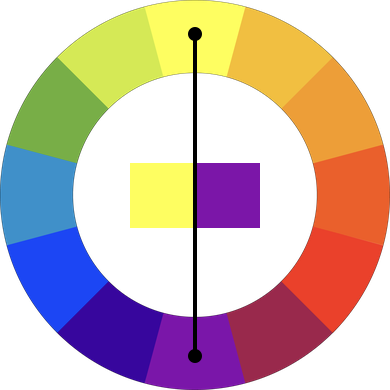 |
| Analogous | Adjacent on the colour wheel | 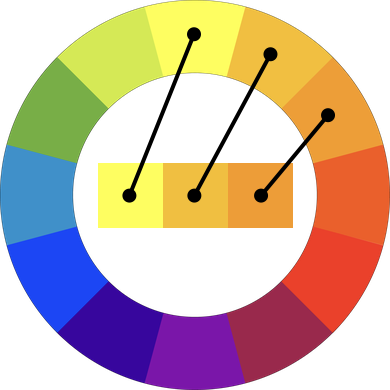 |
| Triadic | Equidistant on the colour wheel | 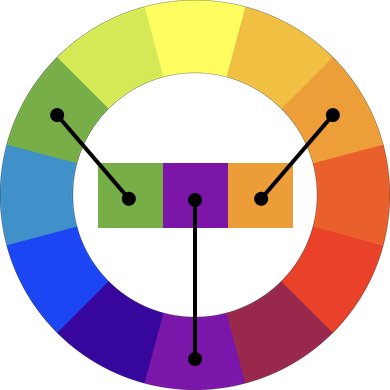 |
Retro Styling & Vintage Design
Classic Design is also the umbrella term of retro styling and vintage design.
Retro Styling
Imitation of a style, fashion or design from the past. EG the Mini Couper
- Sometimes they respect the design of the original.
- Nostalgia tends to drive the majority of retro product sales.
- Modernisation of older products is made possible by new technologies.
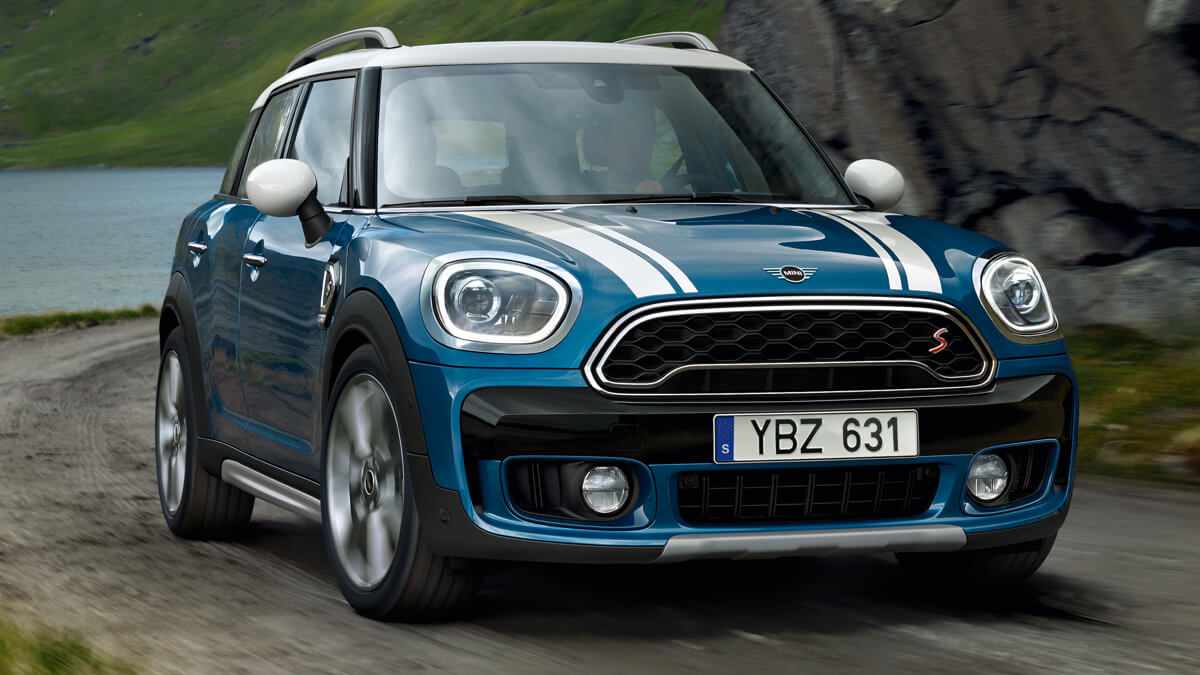
Editors- admin_andrei - 972 words.
- CD_FER - 866 words.
- 24bbula - 24 words.
View count: 7436